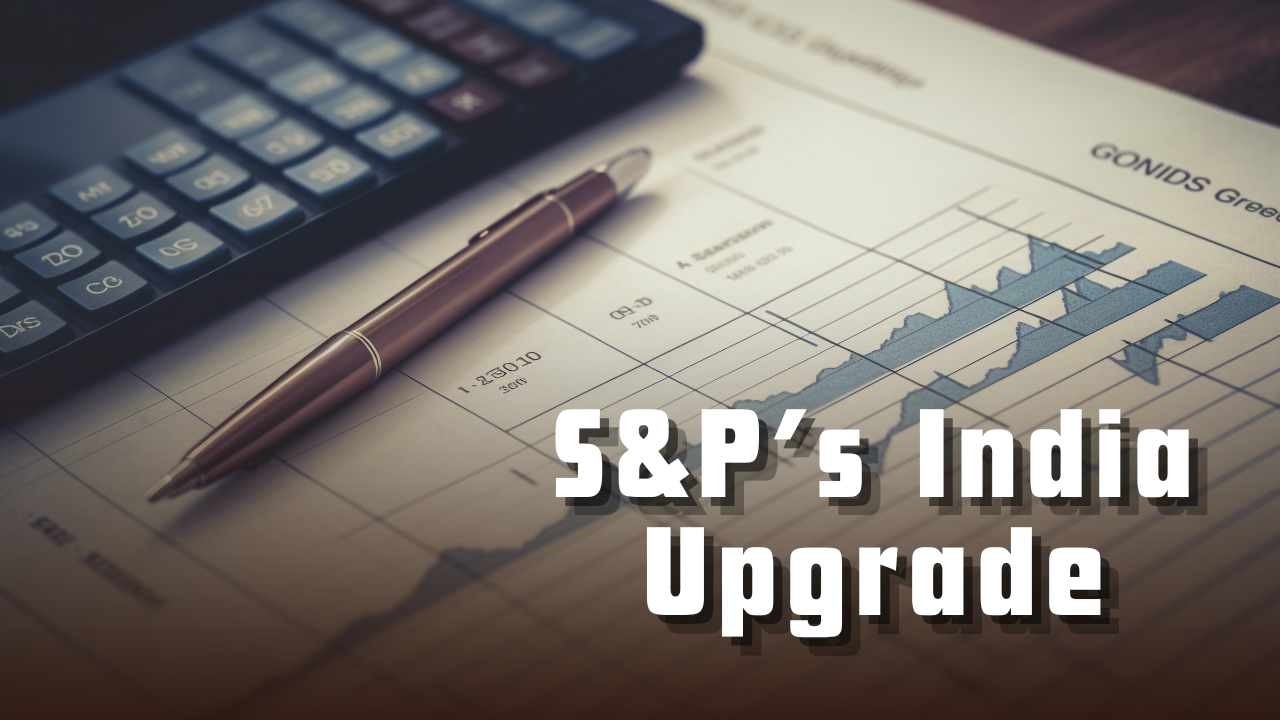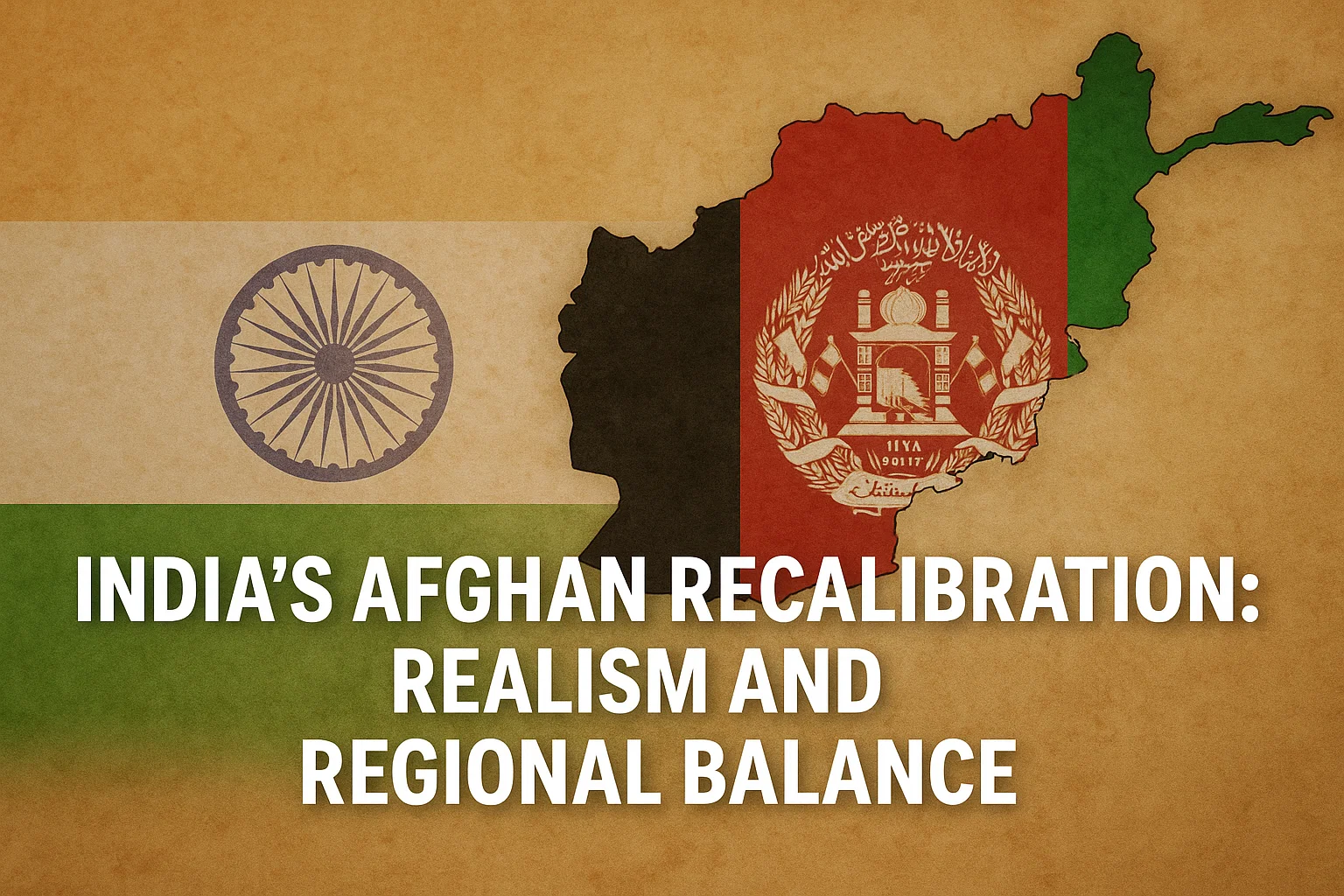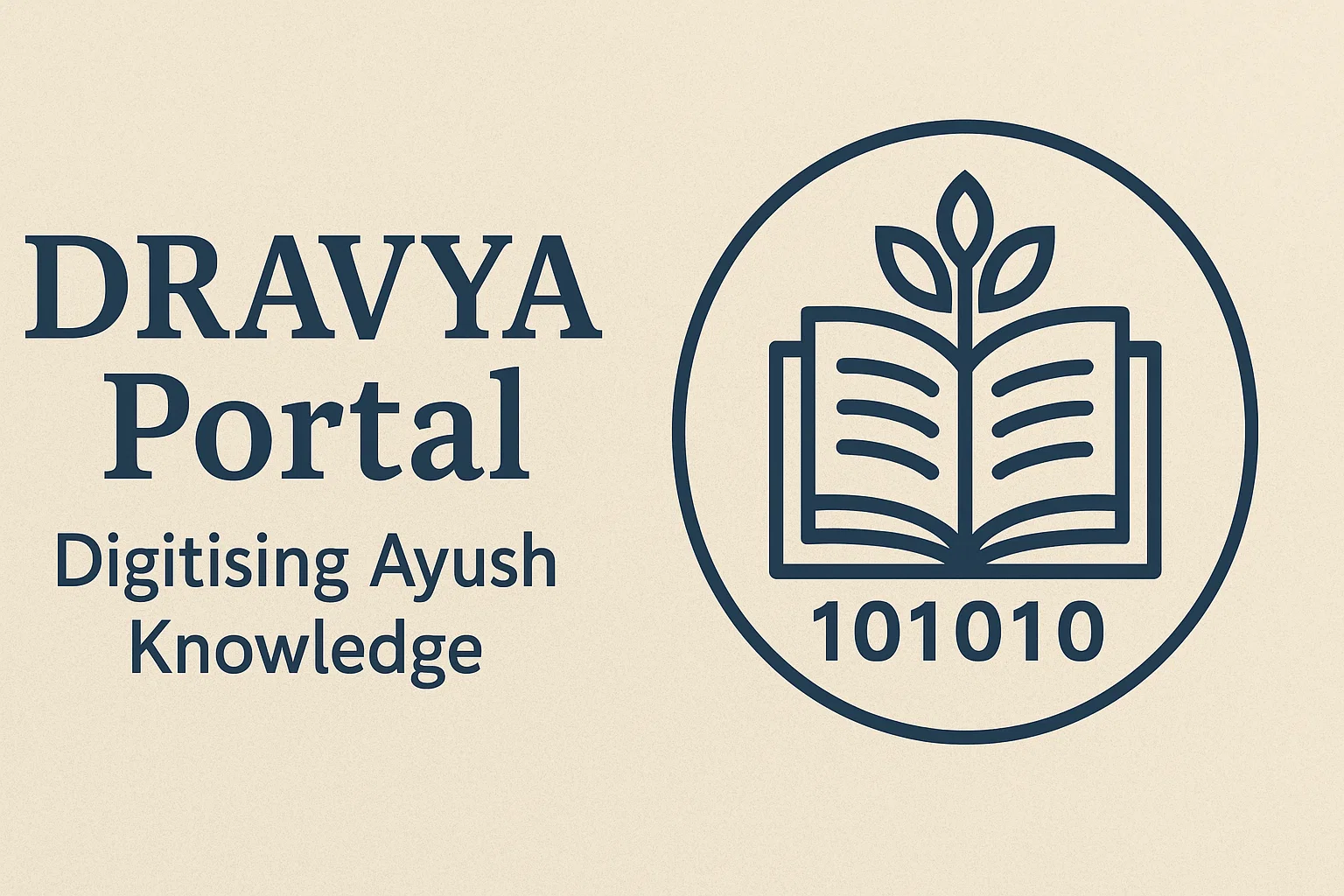Font size:
Print
S&P’s India Upgrade
Context: Last week marked a significant milestone for India’s economy when S&P Global Ratings upgraded India’s sovereign credit rating from BBB- to BBB—the first such upgrade in nearly two decades.
More on News
- This move comes after years of government pushback against global rating agencies, which India accused of being biased against emerging economies.
- The upgrade reflects improving fiscal discipline, robust growth, and stable inflation, reinforcing India’s position as one of the fastest-growing major economies.
What is the Significance of S&P and Other Financial Institutions‘ Ratings?
- Measure of Creditworthiness: Ratings by agencies like S&P, Moody’s, and Fitch assess a country’s ability to repay debt, influencing borrowing costs.
- Investor Confidence: Higher ratings attract foreign investment, as they signal lower risk for global investors.
- Borrowing Costs: Countries with better ratings can raise debt at lower interest rates, reducing fiscal strain.
- Macroeconomic Indicator: Ratings reflect economic stability, growth prospects, and policy credibility.
- Global Benchmark: Many institutional investors (e.g., pension funds) mandate minimum ratings for exposure to sovereign bonds.
What are the Major Concerns Associated with Ratings?
The Economic Survey 2020-21 criticised rating agencies for underestimating India’s economic strength, highlighting:
- Bias Against Emerging Economies: Agencies overemphasise per capita income, disadvantaging large, developing economies like India. China (A+) and India (BBB- before upgrade) had vastly different ratings despite comparable growth trajectories.
- Ignoring Domestic Strengths: India’s stable democracy, strong institutions, and forex reserves were not adequately factored in. Low external debt (unlike crisis-prone nations with similar ratings) was overlooked.
- Pro-Cyclical Downgrades: Agencies downgrade during crises (e.g., pandemic), worsening borrowing costs when economies need liquidity the most.
- Opaque Methodology: Lack of transparency in quantifying qualitative factors (e.g., political stability).
How Does the Recent Upgrade Help in Understanding a Better Picture of the Indian Economy?
- Fiscal Discipline Recognised: Fiscal deficit reduced from 9.2% (2020-21) to 4.4% (2025-26 target). Debt-to-GDP ratio set to decline from 57.1% (2024-25) to 49-51% by 2030-31.
- Growth Resilience: Despite global slowdown, India remains among the fastest-growing large economies (6.5% in 2024-25). Nominal GDP growth (critical for debt sustainability) remains strong.
- Inflation Stability: CPI inflation at 1.55% (July 2025)—lowest since 2017. RBI’s effective monetary policy praised by S&P.
- Future Implications: Lower borrowing costs for the government and corporates. More foreign capital inflows, boosting infrastructure and manufacturing. Potential for further upgrades if fiscal consolidation continues.
Subscribe to our Youtube Channel for more Valuable Contefnt – TheStudyias
Download the App to Subscribe to our Courses – Thestudyias
The Source’s Authority and Ownership of the Article is Claimed By THE STUDY IAS BY MANIKANT SINGH




